|
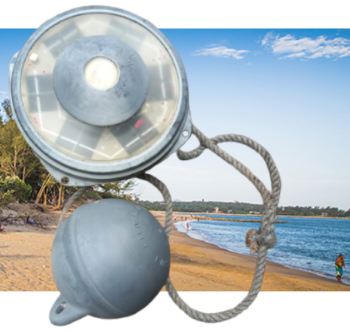
Finding a small plastic 'flying saucer' on the beach is certainly an uncommon occurrence
A stroll along the beach leads to a peculiar discovery with a heartwarming conclusion.
 SOUTH AFRICA
SOUTH AFRICA
Friday, January 10, 2025, 02:00 (GMT + 9)
From Beach to Bazaruto: A Buoy’s Fascinating Journey
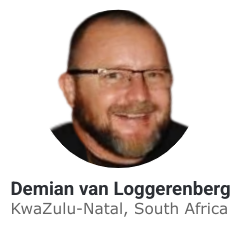 A morning beach walk turned into an extraordinary find for Richards Bay residents, as they stumbled upon a high-tech device with a remarkable backstory, reports Tamlyn Cramer from The Zululand Observer. A morning beach walk turned into an extraordinary find for Richards Bay residents, as they stumbled upon a high-tech device with a remarkable backstory, reports Tamlyn Cramer from The Zululand Observer.
Demian van Loggerenberg, Brian Morkel, and Japie Bezuidenhout enlisted the help of experts from Mozambique to Spain to uncover the origins of the digital buoy that had washed ashore.
Van Loggerenberg explained to The Zululand Observer that, upon closer inspection, the object was identified as a Fish Aggregating Device (FAD) manufactured by Satlink—a cutting-edge echo sounder buoy designed for selective fishing.
A Marvel of Fishing Technology
The ISD+ buoy, also known as the “selective buoy,” represents a significant leap in sustainable fishing innovation. Equipped with advanced acoustic systems, the buoy not only identifies the quantity of fish under its location but also determines the species composition, enabling fleets to target sustainable catches while avoiding vulnerable species..
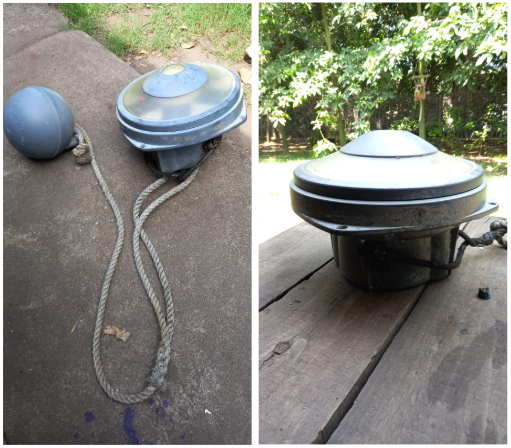
The "strange" device found on the beach. Photo: Demian van Loggerenberg
"This is a critical tool for promoting responsible tuna fishing practices," noted Van Loggerenberg.
The ISD+ buoy’s dual echo sounder system exemplifies the Spanish tuna fleet’s commitment to sustainability. As one of the most advanced fleets globally, Spain has been spearheading sustainable practices through initiatives like Project SelecTuna, which has deployed 1,500 smart buoys across the Atlantic, Indian, and Pacific Oceans. These efforts aim to enhance fishing selectivity and reduce the environmental impact on marine ecosystems.
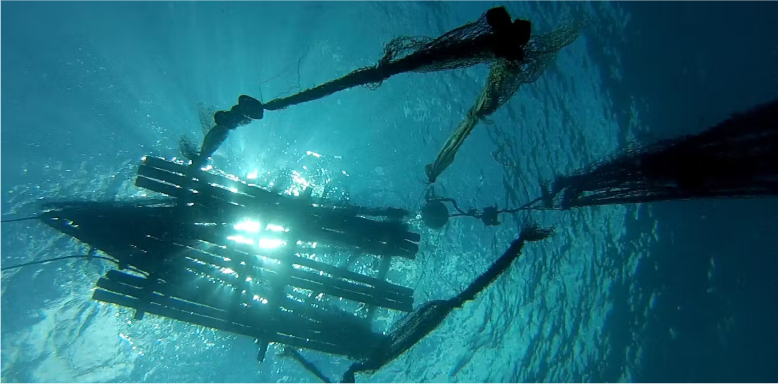
Fish are attracted to floating objects, especially those with dangling ropes or nets. An echo sounder buoy, designed to identify species for selective fishing, is attached to the FAD. Photo: WorldFish/Flickr, CC BY-NC-SA
A Second Life for Stranded Buoys
Satlink, the manufacturer, launched Project ReCon in 2022 to create a network linking the tuna industry and local NGOs. This initiative focuses on repurposing or responsibly disposing of buoys that drift away from fishing zones.
"When buoys wash ashore in unexpected locations, we seek local partners to help repurpose or responsibly recycle them," Satlink shared in an email to Van Loggerenberg. "Some are already being used to track ghost nets or mark narrow navigation channels."
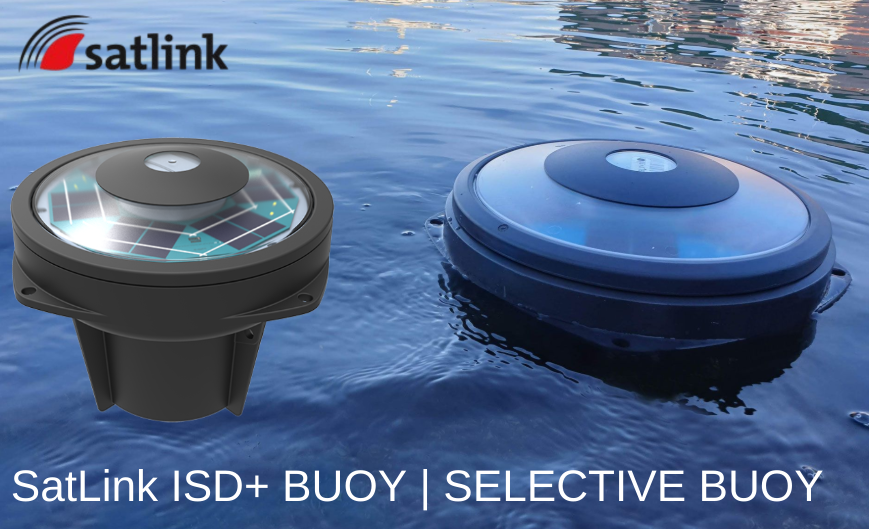
SatLink ISD+ BUOY: The echosounder buoy that identifies species for selective fishing
A New Chapter in Mozambique
Van Loggerenberg plans to send the buoy to the Bazaruto Centre for Scientific Studies in Mozambique, where it will be repurposed and its journey fully traced. Once in Mozambique, researchers will determine its origin and map its extensive travels.
This unique discovery highlights not only the wonders of modern fishing technology but also the shared responsibility to ensure its sustainability and proper management. What began as an ordinary walk along the beach became a story of innovation, collaboration, and environmental stewardship.
[email protected]
www.seafood.media
|



